Since ages I observe lots of bats in the evening and I’m interested in there specific style of orientation and communication. Two weeks ago I had some leisure time to build my own bat detector.
I wanted to build a prototype on a stripboard only and investigated to find a premade circuit. A short internet enquiry showed up a bunch of instructions. After some reading and checking my stock of components I decided to go for a simple analog circuit built around one 4xOPV LM324N.
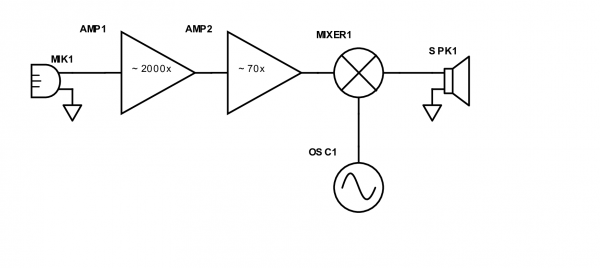
The principle is similar to a superheterodyne receiver. The high frequency input is amplified by about 140.000x and mixed with an oscillator signal to an audible frequency range. The concept of a frequency mixer is comprehensive described at Wikipedia. I implemented only a few modifications in the circuit. So I replaced the 62kΩ resistor in amplifier stage two with an 68kΩ type which increased amplification marginally. Additionally I used a 100kΩ potentiometer because I hadn’t a 50kΩ pot available. The entire circuit without the modifications is available here:
Bat Detector, Source: https://www.nutsvolts.com/
The abovementioned page marvellous describes some background information about bats and the detector which are essential. To use the detector right it’s needful to read the article.
Hereafter is a small picture story that shows the construction. Because I liked the project I designed an adequate chic case from plywood. The microphone is pluggable to allow experiments with different devices.

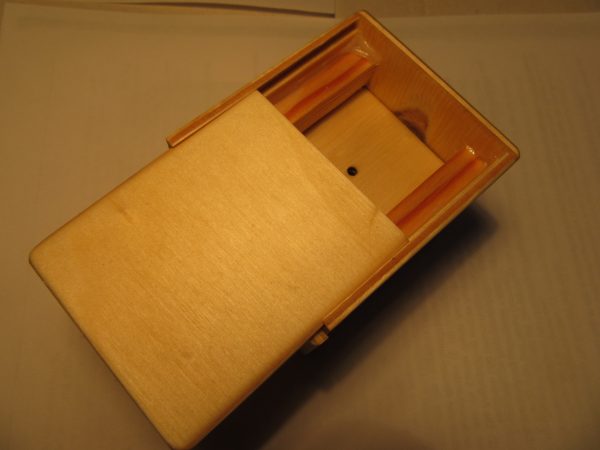
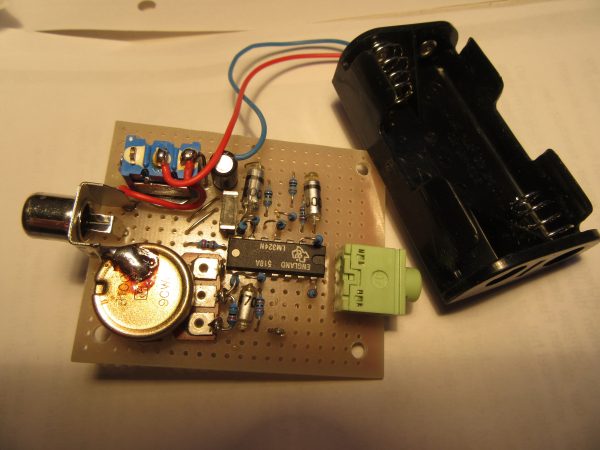
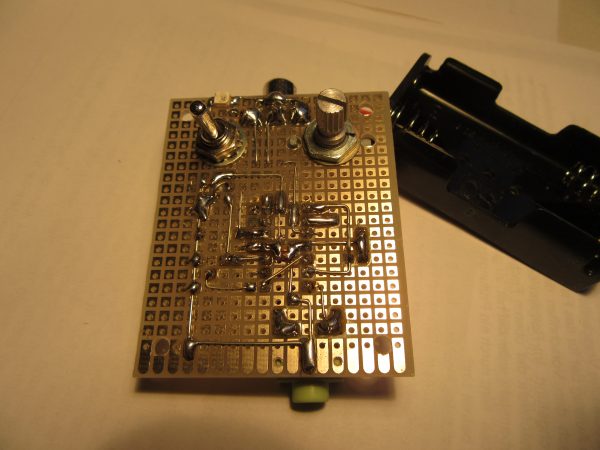
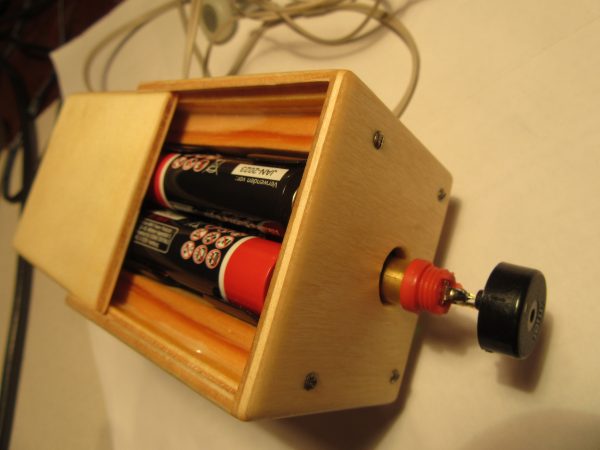
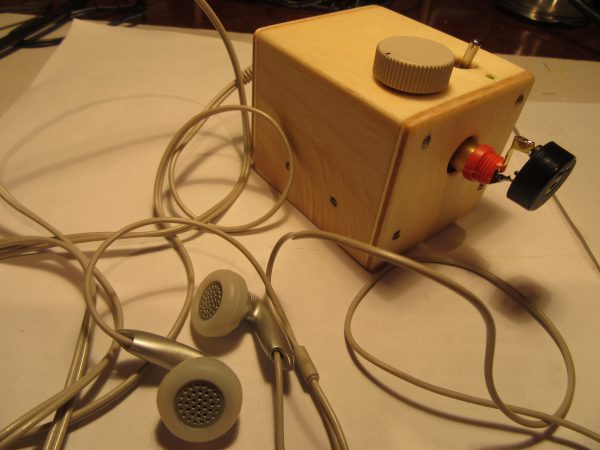

The first trials indicated that patience is needed to hear a bat. The noise is soft and it can can only picked up if the mammals heading is towards your position. In a patio in Berlin where five to ten bats circling during dusk you luckily hear every quarter hour a kind of rhythmic giggle.
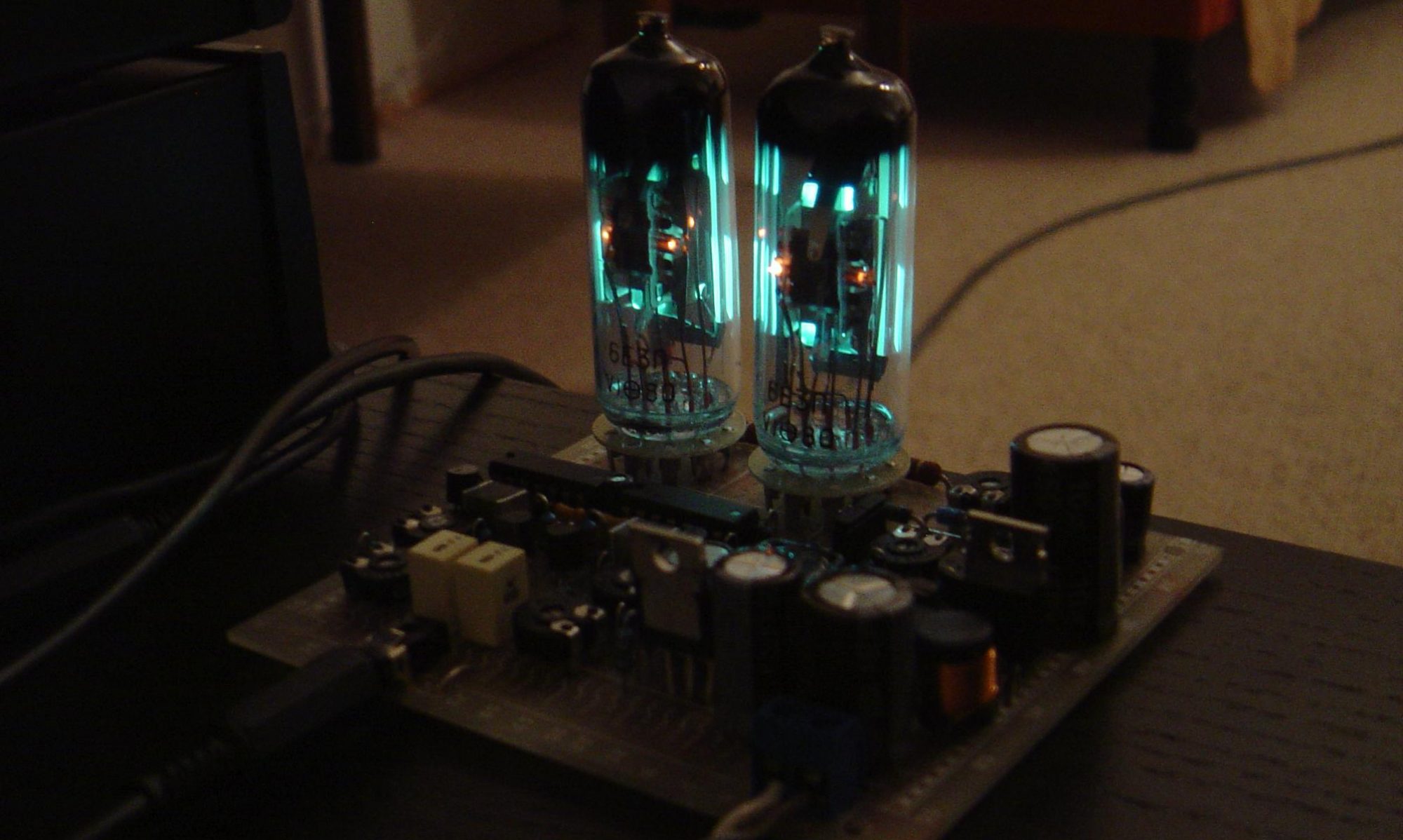
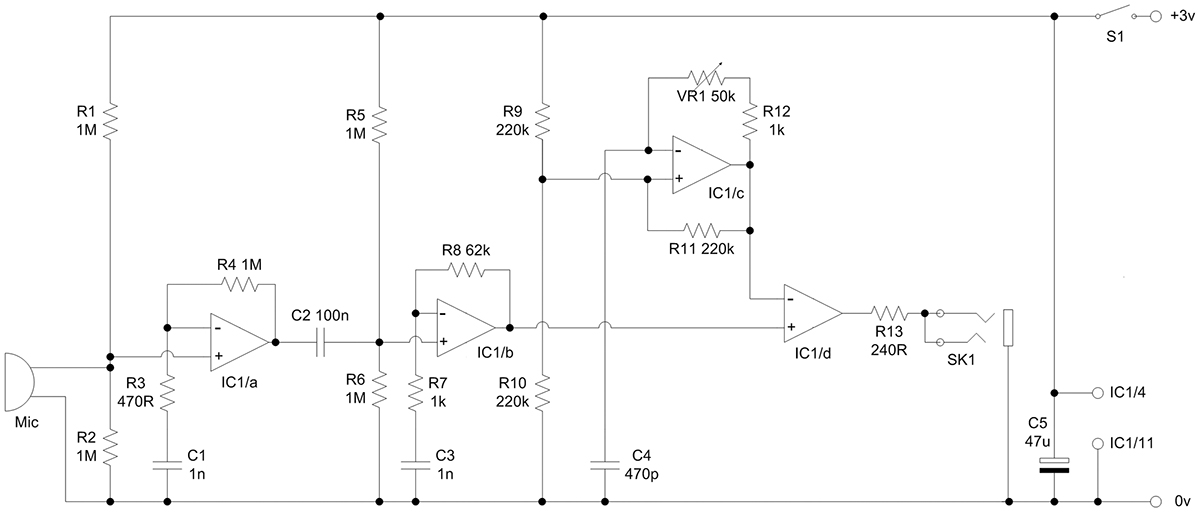 Bat Detector, Source:
Bat Detector, Source: